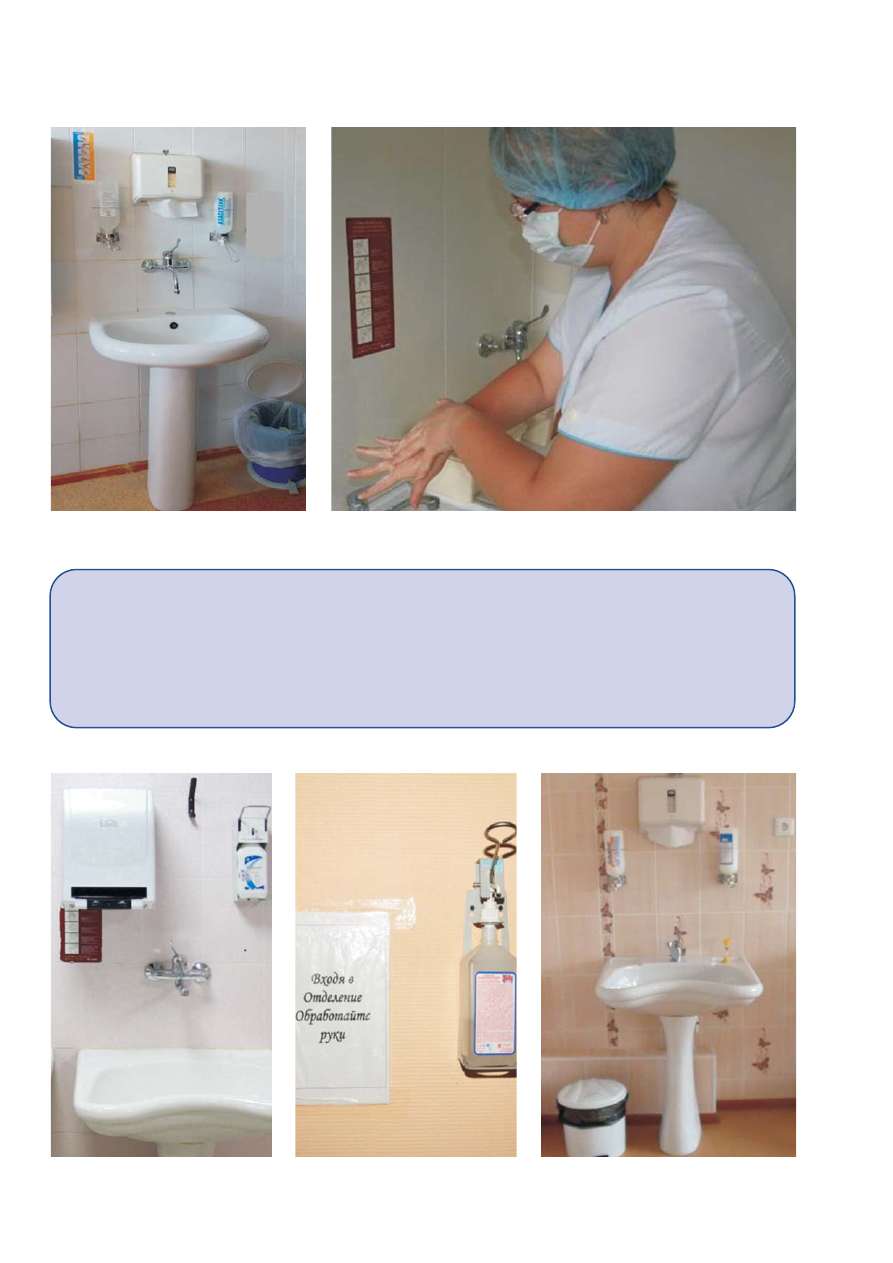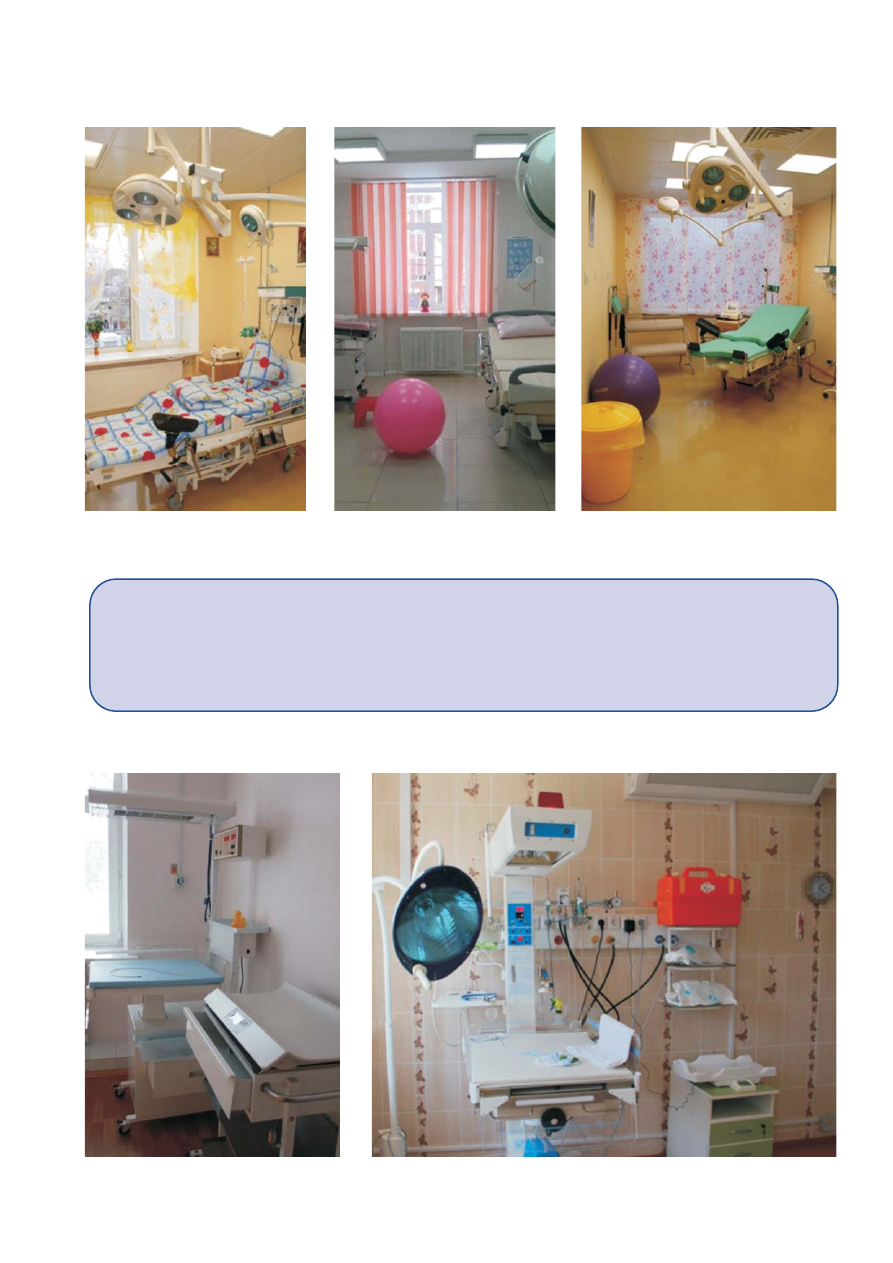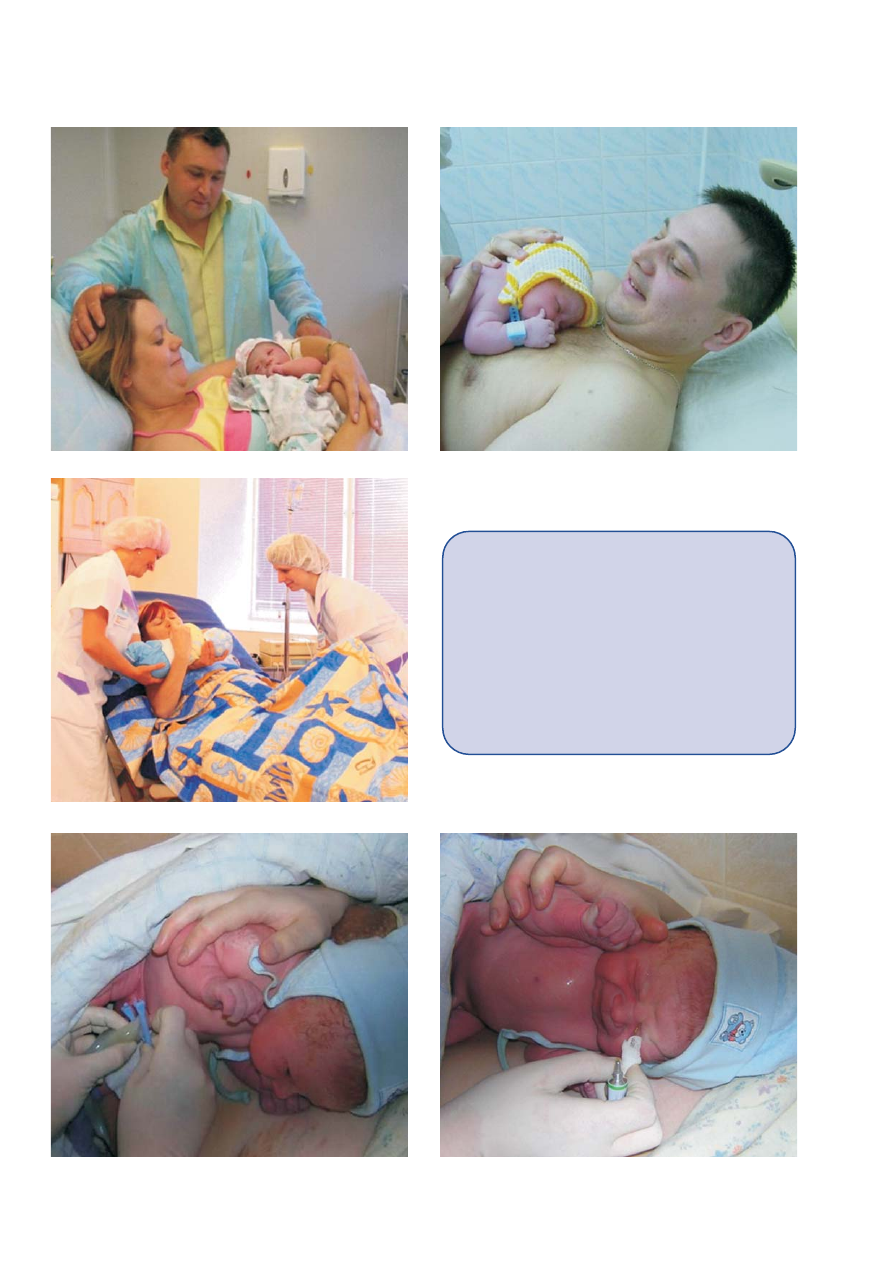ВУЗ: Не указан
Категория: Не указан
Дисциплина: Не указана
Добавлен: 12.08.2021
Просмотров: 1949
Скачиваний: 7
Литература
1. Клинические протоколы. 3-е изд. / Под ред. Вартапетовой Н.В. – М.: ИЗС / Проект «Мать и дитя», 2008.
2. Практическое руководство по уходу за новорожденным в родовом блоке и послеродовом отделении /
Под ред. Вартапетовой Н.В, Сафроновой Е.И. – М.: ИЗС / Проект «Мать и дитя», 2010.
3. Брусина Е.Б., Колесникова Н.Б., Желнина Т.П. Протокол антиинфекционной защиты медицинских тех-
нологий в неонатальной практике (методические рекомендации). – Кемерово: КемГМА, 2008.
4. Phiri M. One Patient One Room – Theory & Practice: An evaluation of The Leeds Nuffield Hospital. –, 2003.
5. Infection prevention and control building guidelines for acute hospitals in : Strategy for the control of antimi-
crobial resistance in Ireland (SARI). – HSE Health Protection Surveillance Centre, 2008.
http://www.hse.ie/eng/services/Publications/HealthProtection/Health_Care_Associated_Infection/SARI_Build
ing_Guidelines_Acute_Hospitals_Jan_2009.pdf.
6. Chaudhury H, Mahmood A, Valente M. The use of single patient rooms vs. multiple occupancy rooms in acute
care environments. — The Coalition for Health Environments Research, Simon Fraser University, Vancouver,
2004. http://www.healthdesign.org/sites/default/files/use_of_single_patient_rooms_v_multiple_occ._rooms-
acute_care.pdf.
7. Temkin E. Unlimited mothering: Rooming-in in postwar America. Planned Parenthood of Connecticut. Social
Science Research Seminar, Wake Forest University, 2000.
8. Lowbury EJL, Jackson DM. Hospital infection and visitors. Br Med J 1960; 1:1203—1204.
9. Brain DJ, Maclay I. Controlled study of mothers and children in hospital.
Br Med J
1968; 1:278–280.
10. Pickerill CM, Pickerill HP. Elimination of hospital cross-infection in children: nursing by the mother.
Lancet
1954; 266:425–429.
11. Энкин М., Кейрс М., Нейлсон Д. и др. Руководство по эффективной помощи при беременности и рож-
дении ребенка. – СПб.: Петрополис, 2003.
12. Pregnancy, childbirth, postpartum and newborn care: A guide for essential practice. – : WHO, 2006.
13. Demott K, Bick D, Norman R et al. Clinical guidelines and evidence review for post natal care: Routine Post
natal care of recently delivered women and their babies. – : National Collaborating Centre For Primary Care
And Of General Practitioners, 2006.
14. Основы ухода за новорожденными и грудное вcкармливание. – Копенгаген: Европейское региональное
бюро ВОЗ, 2002.
15. Anand KJ, Runeson B, Jacobson B. Gastric suction at birth associated with longterm risk for functional intestinal
disorders in later life.
J Pediatr
2004; 144:417–420.
16. ER, Anderson GC, Bergman N. Early skin-to-skin contact for mothers and their healthy newborn infants.
Cochrane Database Syst Rev
2007; (3):CD003519. http://apps.who.int/rhl/reviews/CD003519.pdf.
17. Carrasco M, Martell M, Estol PC. Oronasopharyngeal suction at birth: effects on arterial oxygen saturation.
J
Pediatr
1997; 130:832–834.
18. Gungor S, Kurt E, Teksoz E et al. Oronasopharyngeal suction versus no suction in normal and term infants de-
livered by elective cesarean section: a prospective andomized controlled trial.
Gynecol Obstet Invest
2006;
61:9–14.
19. Vain NE, Szyld EG, Prudent LM et al. Oropharyngeal and nasopharyngeal suctioning of meconium-stained
neonates before delivery of their shoulders: multicenter, randomised controlled trial.
Lancet
2004; 364:597–602.
20. Laga M, Plummer FA, Piot P et al. Prophylaxis of gonococcal and chlamydial ophthalmia neonatorum: A com-
parison of silver nitrate and tetracycline.
J Med
1988; 318:653–657.
21. Hartmann K, Viswanathan M, Palmieri R et al. Outcomes of routine episiotomy: a systematic review.
JAMA
2005; 293:2141–2148.
22. Goer H, Leslie MS, Romano A. Step 6: Does not routinely employ practices, procedures unsupported by sci-
entific evidence.
J Perinat Educ
2007; 16(Suppl 1):32S–64S.
23. Cuervo LG, Bernal Mdel P, N. Effects of high volume saline enemas vs no enema during labour: The N-Ma Ran-
domised Controlled Trial.
BMC Pregnancy Childbirth
2006, 6:8.
24. Вартапетова Н.В., Карпушкина А.В., Епоян Т.А. Актуальные проблемы профилактики передачи ВИЧ от
матери ребенку. Аналитический отчет о результатах исследования данных официальной статистики,
опроса ВИЧ-инфицированных женщин, медицинской документации и оценки медицинских учрежде-
ний. – Институт здоровья семьи и ЮНИСЕФ, 2009. www.ifhealth.ru.
25. Курс обучения по грудному вскармливанию. – ВОЗ, ЮНИСЕФ, 1993.
26. Capurro H. Routine umbilical cord care after delivery: RHL practical aspects. WHO RHL 2004; № 7.
27. Care of the umbilical cord: a review of the evidence. — Geneva:WHO, 1999.
28. Rabe H, Reynolds G, Diaz-Rossello J. Early versus delayed umbilical cord clamping in preterm infants.
Cochrane
Database Syst Rev
2004; (4):CD003248.
29. Trotter S. Management of the umbilical cord – a guide to best care.
RCM Midwives J
2003; 6:308–311.
30. Zupan J, Garner P. Topical umbilical cord care at birth.
Cochrane Database Syst Rev
2004; (3):CD001057.
Раздел 3
51
Общий уход за женщиной и ребенком
31. Pappalardo BL. Influence of maternal human immunodeficiency virus (HIV) co-infection on vertical transmis-
sion of hepatitis C virus (HCV): a meta-analysis.
Int J Epidemiol
2003; 32:727–734.
32. Magnani G, Degli Antoni AM, Cocca G et al. Risk of materno-fetal transmission of HIV infection with antiretro-
viral therapy and caesarian section: Experience of the Parma Group.
Acta Biomed Ateneo Parmense
2000;
71:563–566.
33. Schackman B, Oneda K, Goldie S. The cost-effectiveness of elective Cesarean delivery to prevent hepatitis C
transmission in HIV-coinfected women.
AIDS
2004; 18:1827–1834.
34. Cooper ER, Charurat M, Mofenson L et al. Combination antiretroviral strategies for the treatment of pregnant
HIV-1 infected women and prevention of perinatal HIV-1 transmission.
J Acquir Immune Defic Syndr
2002;
29:484–494.
35. Chasela CS, Hudgens MG, Jamieson DJ et al. Maternal or infant antiretroviral drugs to reduce HIV-1 transmis-
sion.
J Med
2010; 362:2271–2281.
36. Beasley RP, Hwang LY, Lee GC et al. Prevention of perinatally transmitted hepatitis B virus infections with hep-
atitis B virus infections with hepatitis B immune globulin and hepatitis B vaccine.
Lancet
1983; 2:1099–1102.
37. Gibb DM, Goodall RL, Dunn DT et al. Mother-to-child transmission of hepatitis C virus: evidence for preventable
peripartum transmission.
Lancet
2000; 356:904–907.
38. Grady GF, Lee VA, Prince AM et al. Hepatitis B immune globulin for accidental exposures among medical per-
sonnel: final report of a multicenter controlled trial.
J Infect Dis
1978; 138:625–638.
39. Seeff LB, Wright EC, Zimmerman HJ et al. Type B hepatitis after needle-stick exposure: prevention with hep-
atitis B immune globulin. Final report of the Veterans Administration Cooperative Study.
Ann Intern Med
1978;
88:285–293.
40. Schackman B, Oneda K, Goldie S. The cost-effectiveness of elective Cesarean delivery to prevent hepatitis C
transmission in HIV-coinfected women.
AIDS
2004; 18:1827–1834.
Раздел 3
52
Общий уход за женщиной и ребенком

Оснащение мест для обработки рук медицинского персонала в соответствии с санитарными правилами
в акушерских отделениях и стационарах – это важнейшая составляющая мер профилактики ИСМП.
Правильная обработка рук сотрудниками ЛПО позволяет значительно снизить внутрибольничную
заболеваемость женщин и детей.
53

Внутренняя обстановка и оснащение родильных залов должны способствовать профилактике ИСМП. Роды
в индивидуальных родильных залах психологически и физиологически более комфортны для женщин, в
них обеспечивается конфиденциальность медицинской помощи и ниже риск ИСМП.
54

Для колонизации кожи ребенка нормальной
флорой и профилактики гипотермии сразу
после рождения его выкладывают на живот
матери или отца, если у женщины было
кесарево сечение. На животе у матери
новорожденному на пуповину накладывают
пластиковый одноразовый зажим и
закладывают в глаза антибактериальную
мазь для профилактики инфекций.
55